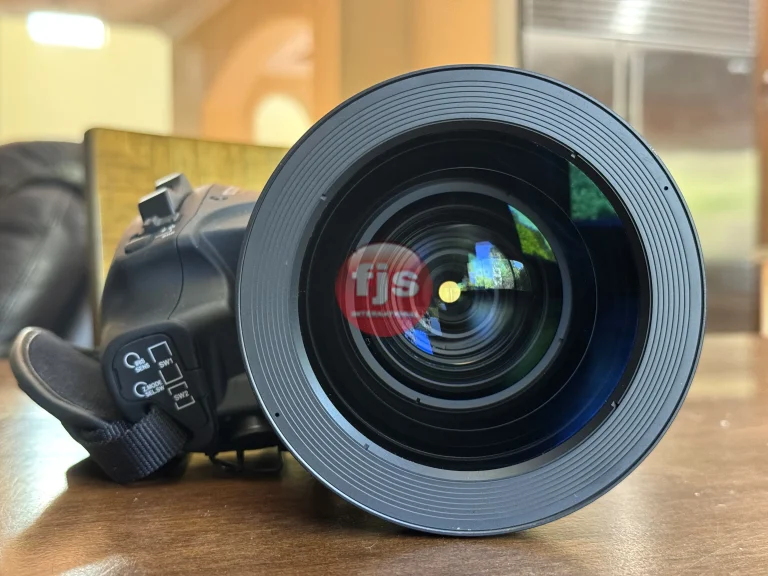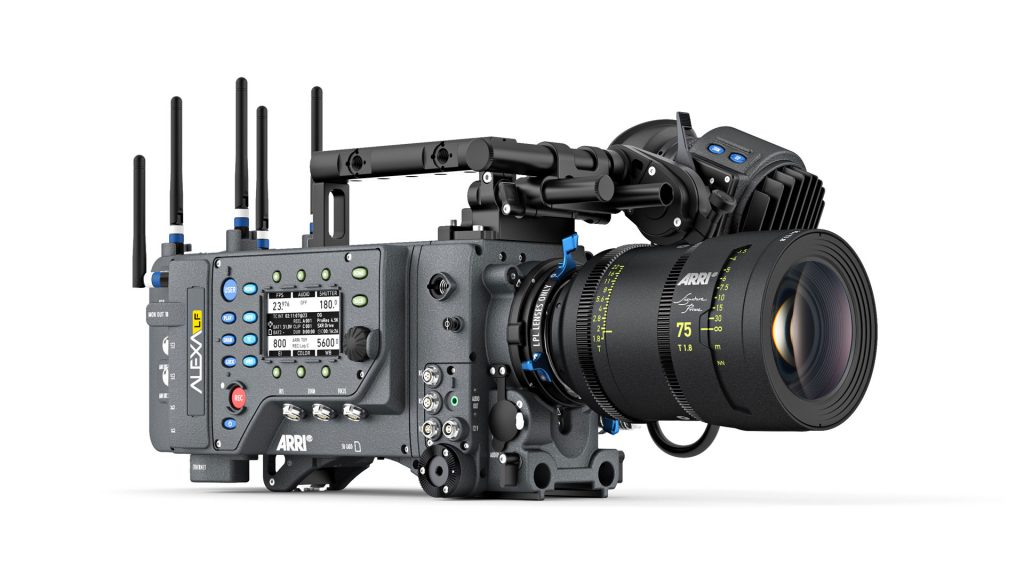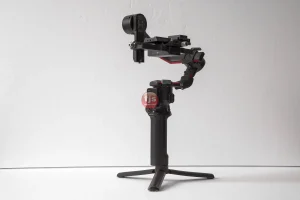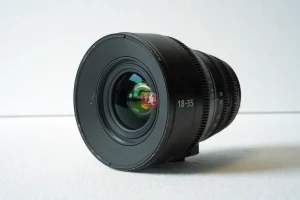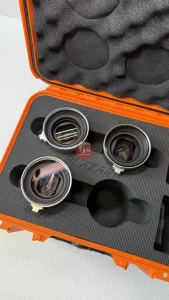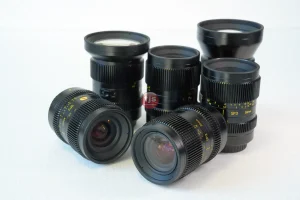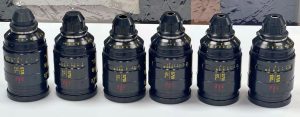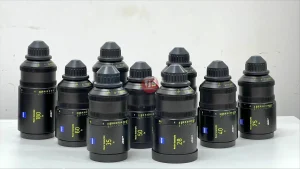It can be an incredibly rewarding journey for filmmakers and photographers alike. These classic optics often possess unique character, rendering images with a distinct aesthetic that modern lenses simply can’t replicate. However, tracking down reliable information about specific vintage lens models can be a challenge. With countless manufacturers, variations, and eras, knowing where to start your research is key. This article will guide you through the best resources for uncovering the secrets of these beloved historical optics.
Where to Unearth Information on Specific Vintage Lens Models
Finding comprehensive details about specific vintage lens models requires a multi-pronged approach. Here are the top places to dig:
- Online Forums and Communities: Without a doubt, dedicated online forums and communities are goldmines of information. Websites like RedUser.net (for cinematography-focused lenses), DPReview (for photography lenses), and various brand-specific forums (e.g., Leica, Contax, Nikon vintage groups) are populated by passionate experts and enthusiasts. These platforms offer real-world usage insights, technical discussions, and often host extensive archives of user-contributed knowledge, including comparisons, sample images, and troubleshooting tips. Don’t hesitate to post your specific questions; the community is often eager to help.
- Dedicated Vintage Lens Websites and Blogs: A growing number of websites and blogs specialize in vintage lenses. Many of these are run by individuals with deep expertise who have meticulously documented various lens models, their history, optical formulas, and performance characteristics. Examples include Ken Rockwell’s extensive lens reviews (though often subjective, they cover many older Nikon and Canon lenses), and websites like Philip Bloom’s blog which occasionally delves into vintage glass for video. A simple Google search for “vintage lens reviews” or “[Lens Brand] vintage lens database” can yield a surprising amount of valuable resources.
- Manufacturer Archives and Historical Resources: While less common for consumer-level searches, some legacy manufacturers maintain online archives or historical sections on their websites. For very well-known brands like Zeiss, Leica, and Angenieux, you might find historical catalogs, technical specifications, or even original marketing materials. University libraries and photographic archives can also hold historical documentation, though this often requires more dedicated research.
- eBay and Other Used Gear Marketplaces (for Specifications): Beyond just purchasing, the listings on platforms like eBay, UsedPhotoPro, and KEH can be surprisingly informative. Sellers often include detailed descriptions, serial numbers, mounting types, and even sometimes snippets from original manuals. While not a primary research tool, cross-referencing information from multiple listings can help confirm specifications and variations. Always be wary of misinformation and verify details with more authoritative sources.
- Lens Repair and Modification Specialists: Businesses that specialize in repairing, rehousing, or modifying vintage lenses (e.g., re-mounting still lenses for cinema use) often possess an intimate knowledge of their optical and mechanical intricacies. While not a direct “information source” in the traditional sense, engaging with these specialists can provide invaluable insights into a lens’s construction, common issues, and potential for adaptation.
- YouTube Channels Dedicated to Vintage Lenses: Visual learners will appreciate the wealth of information available on YouTube. Channels like “The Slanted Lens,” “Tested,” and various individual creators frequently review, test, and compare vintage lenses, offering visual examples of their unique rendering characteristics and practical advice on adapting them to modern cameras.
Key Features of Vintage Lenses to Research
When delving into a specific vintage lens, here are the key features you’ll want to research:
- Focal Length and Aperture (T-stop/f-stop): Fundamental optical properties.
- Mount Type: Crucial for adaptation to modern cameras (e.g., M42, Contax/Yashica, Nikon F, Canon FD, Leica M, PL mount).
- Optical Formula: Number of elements and groups, which impacts performance.
- Coating: Single-coated, multi-coated, or uncoated – significantly affects flare, contrast, and color rendition.
- Iris Blades: Number and shape of blades influence bokeh quality.
- Minimum Focusing Distance: Important for close-up capabilities.
- Filter Thread Size: For compatibility with filters and matte boxes.
- Weight and Dimensions: Practical considerations for rigging.
- Serial Numbers and Production Dates: Helps to identify specific versions or production runs.
- Known Optical Aberrations/Characteristics: Unique quirks like swirly bokeh, strong flare, or specific color rendition.
Benefits of Using Vintage Lenses
The allure of vintage lenses extends far beyond their often-affordable price tags. Here are some key benefits:
- Unique Aesthetic and Character: This is arguably the most compelling reason. Vintage lenses often exhibit a distinct “look” – whether it’s creamy bokeh, beautiful flares, specific color rendering, or subtle imperfections that add artistic flair.
- Cost-Effectiveness: Compared to brand-new, high-end cinema or photography lenses, vintage options can be significantly more affordable, allowing you to build a diverse lens kit on a budget.
- Robust All-Metal Construction: Many older lenses were built with durable metal, making them incredibly robust and often more mechanically satisfying to operate than their modern, plastic-heavy counterparts.
- Full Manual Control: Vintage lenses typically feature fully manual aperture and focus rings, providing a tactile and precise shooting experience that many photographers and filmmakers prefer.
- Investment Potential: Some rare or highly sought-after vintage lenses can appreciate in value over time, making them a potential investment.
- Environmental Friendliness: Reusing and repurposing existing optics is a sustainable choice, contributing to a more circular economy.
Conclusion
Embarking on the quest for information about specific vintage lens models is an adventure that can enrich your creative toolkit and deepen your understanding of optical history. By leveraging online communities, specialized websites, manufacturer archives, and even marketplace listings, you can uncover a wealth of knowledge. Remember that the journey of discovery is part of the charm, and the unique character these lenses bring to your images makes the effort truly worthwhile. Happy hunting!
Questions and Answers
Q1: Is it possible to adapt almost any vintage lens to a modern digital camera?
A1: While many vintage lenses can be adapted, “almost any” is a bit of an overstatement. The feasibility depends heavily on the lens’s original mount and the camera’s flange focal distance. Lenses with a shorter flange focal distance than your camera’s (e.g., Leica M, M42) are generally easier to adapt. Lenses with longer flange focal distances (e.g., old Nikon F lenses on Canon EF) are also often adaptable. However, some combinations might require optical adapters (which can degrade image quality) or simply aren’t physically possible without significant modification.
Q2: What should I look for when buying a used vintage lens online?
A2: When buying online, always request detailed photos and descriptions. Look for: clear glass (no haze, fungus, or significant scratches), smooth focus and aperture rings (no stiffness or grit), and snappy aperture blades (no oil). Ask about return policies and seller reputation. If possible, buy from reputable dealers who offer a warranty.
Q3: Do vintage lenses lose sharpness compared to modern lenses?
A3: Generally, yes. Modern lens designs benefit from advanced computer-aided design, new glass types, and sophisticated coatings. Vintage lenses often exhibit less edge-to-edge sharpness, more chromatic aberration, and lower contrast wide open compared to their modern counterparts. However, this “imperfection” is often precisely what gives them their unique character and sought-after aesthetic.
Q4: How do I clean a vintage lens?
A4: Cleaning vintage lenses requires care. For external dust, use a blower brush. For smudges, use specialized lens cleaning fluid and a microfiber cloth, applying minimal pressure and wiping in a circular motion from the center outwards. Never use harsh chemicals or abrasive materials. If there’s internal dust, haze, or fungus, it’s best to send it to a professional lens repair specialist.
Q5: Are vintage cinema lenses (like ARRI Zeiss Ultra 16) different from vintage still photography lenses?
A5: Yes, there are significant differences, although some still lenses can be “rehoused” for cinema use. Dedicated vintage cinema lenses are designed for film production with features like standardized focus and aperture gears, robust housing, often a consistent front diameter across a set, and specific optical characteristics favored by cinematographers (e.g., less focus breathing). Vintage still photography lenses often have lighter builds and different ergonomics, though their optics can still be excellent for video.

